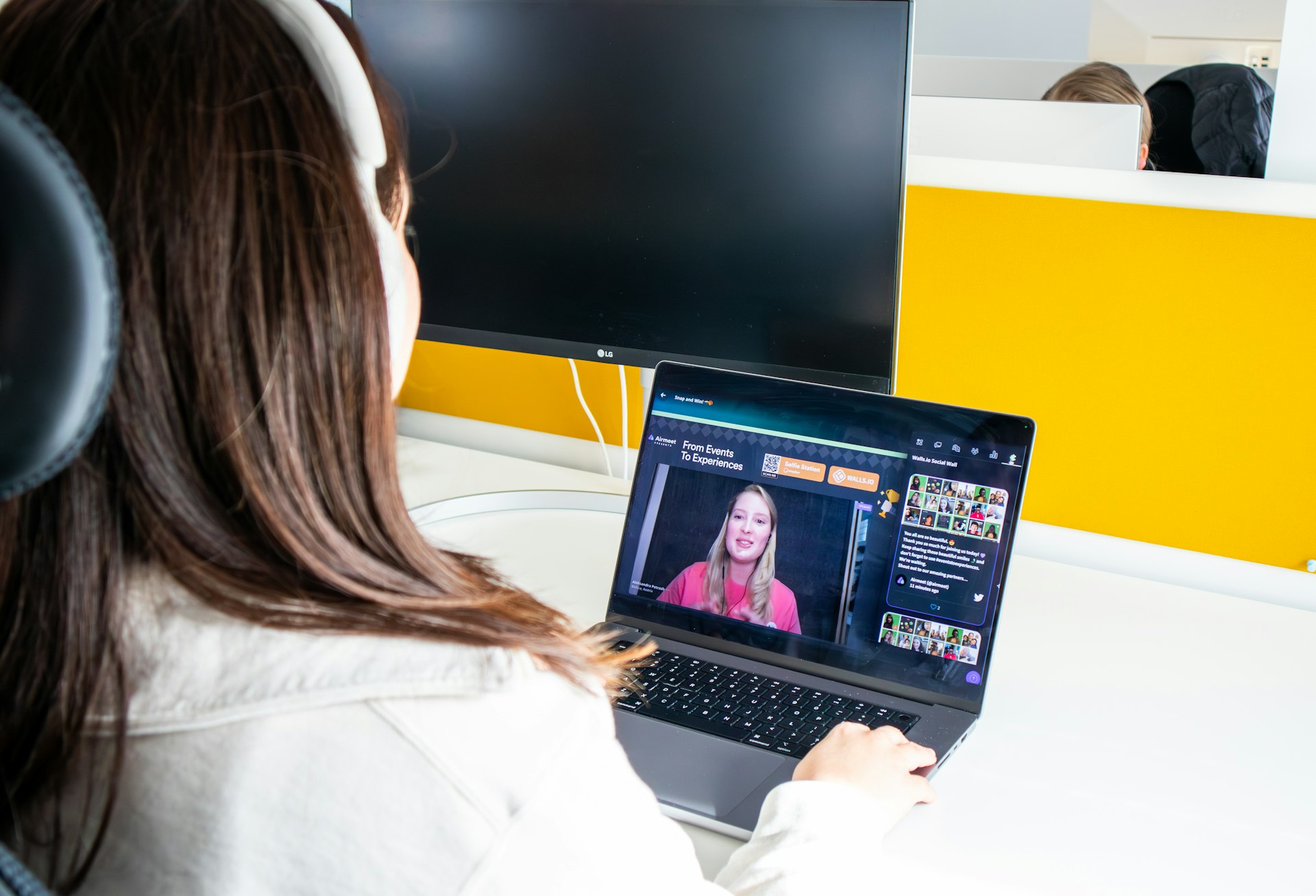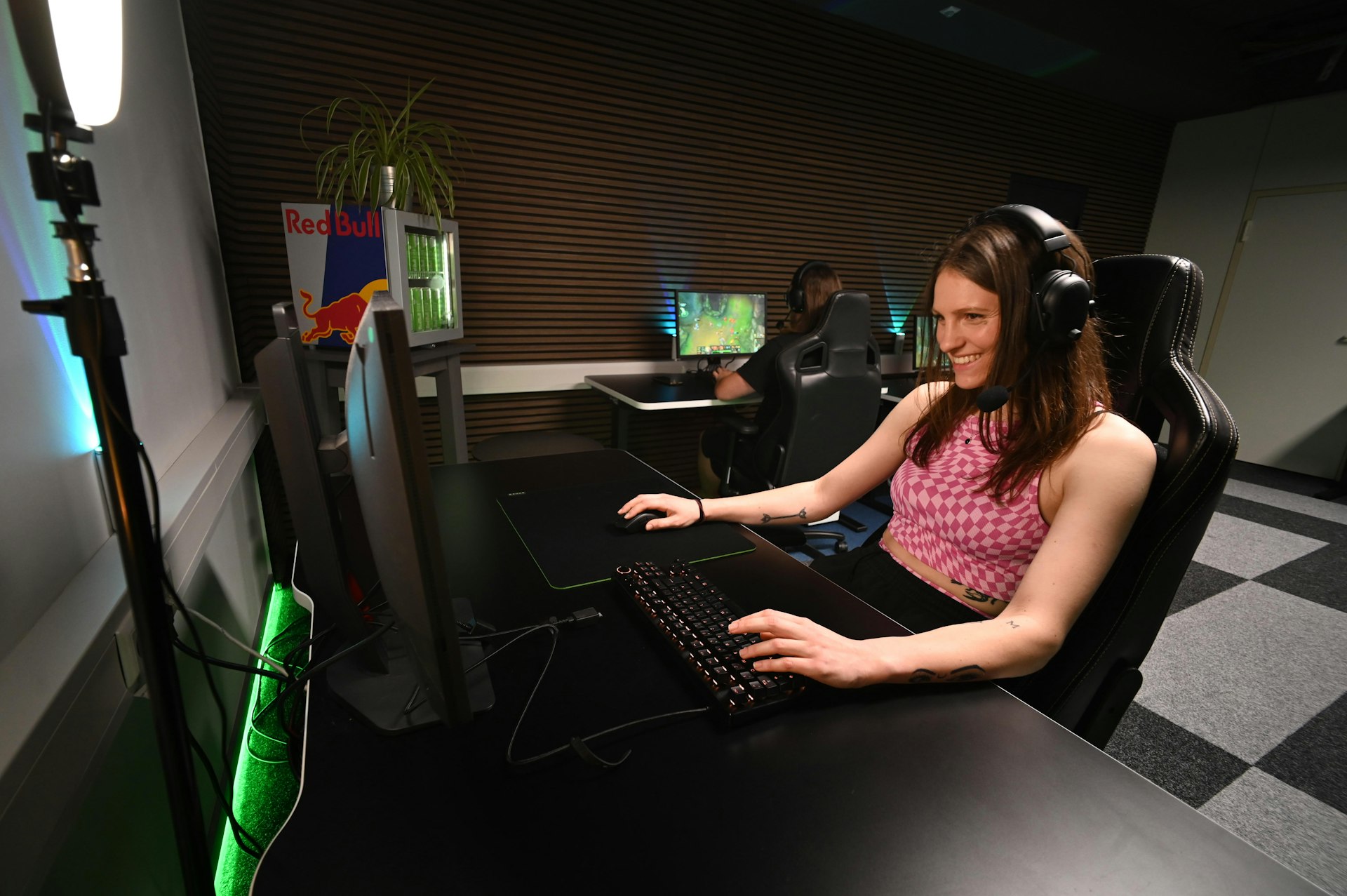Mixed Reality: Shaping the Future of Collaborative Workspaces

Photo by airfocus on Unsplash
Introduction: Mixed Reality and the Evolution of Collaborative Work
The workplace of 2025 is witnessing a profound transformation driven by mixed reality (MR) and extended reality (XR) technologies. These innovations are fundamentally changing how teams collaborate, communicate, and solve problems, regardless of physical location. As organizations strive for greater flexibility, inclusivity, and productivity, understanding and leveraging MR’s capabilities has become essential for future-ready businesses [1] .
Key Benefits of Mixed Reality in Collaboration
Mixed reality blends the physical and digital worlds, allowing users to interact with both simultaneously. This integration brings several concrete benefits to collaborative work:
- Immersive Virtual Meeting Spaces : Tools like Microsoft Mesh and Meta Workrooms create shared 3D environments, enabling lifelike interactions that surpass traditional video calls. Teams can brainstorm, present, and problem-solve as avatars in a digital space, fostering engagement and creativity [2] .
- 3D Whiteboards and Digital Twins : These features support interactive design, visualization, and real-time collaboration on complex projects. For example, engineering teams can walk through a virtual prototype together, making adjustments and sharing feedback instantly [2] .
- Enhanced Remote Work : MR bridges the gap between remote and in-person collaboration. By enabling spatial computing and gesture recognition, remote workers can interact with virtual objects and colleagues as if they were sharing the same room [3] .
- AI-Driven Collaboration : Artificial intelligence automates scheduling, document management, and even meeting summaries, freeing teams to focus on strategic initiatives. AI-driven insights help teams make faster, more informed decisions [1] .
The Rise of Hybrid Work Models
Hybrid work-combining remote and in-office work-has become the standard for many organizations. MR technologies are central to making this model seamless and productive:
- Flexible Workspaces : Companies are designing physical offices with collaboration zones and hot desks, while virtual environments allow employees to connect and contribute from anywhere [4] .
- Expanded Talent Pools : Remote MR collaboration enables businesses to hire skilled professionals globally, increasing diversity and expertise [1] .
- Work-Life Balance and Retention : Employees benefit from fewer commutes and greater autonomy, which research shows leads to higher satisfaction and retention rates [5] .
Real-World Applications: Case Studies and Examples
MR is already being adopted in various sectors:
- Architecture and Engineering : Teams walk through digital twins of buildings, identifying design flaws and collaborating on solutions in real time [2] .
- Healthcare : Virtual reality simulations are used for collaborative training and remote surgery consultations, improving outcomes and access.
- Education and Training : Immersive learning experiences engage students and employees, increasing retention and skill acquisition [2] .
These examples illustrate MR’s versatility and its potential to redefine teamwork and productivity.
Implementing Mixed Reality Collaboration: Step-by-Step Guidance
Organizations seeking to integrate MR into their workflows should follow these steps:
- Assess Collaboration Needs : Begin by evaluating which teams and projects will benefit most from MR. Consider factors such as project complexity, remote team size, and desired outcomes.
- Select Appropriate MR Platforms : Research established solutions like Microsoft Mesh, Meta Workrooms, or other reputable providers. Confirm platform capabilities: support for 3D environments, avatar interaction, AI integration, and compatibility with existing hardware.
- Develop Training Programs : Ensure employees are comfortable with MR tools. Offer workshops and tutorials focused on platform navigation, etiquette, and best practices. Many vendors provide onboarding resources; search for “mixed reality training” alongside your chosen platform name.
- Integrate AI and Automation : Leverage AI-driven collaboration tools for scheduling, reporting, and meeting management. For example, use intelligent assistants to summarize discussions or automate task assignments [1] .
- Monitor Performance and Engagement : Use analytics to track participation, productivity, and collaboration quality. Adjust workflows based on feedback and outcomes.
If you need guidance on selecting MR platforms, visit the official websites of leading technology companies and review case studies, feature lists, and user testimonials. Consider consulting professional IT advisors or digital transformation consultants for tailored recommendations.
Potential Challenges and Solutions
While MR offers powerful benefits, organizations should anticipate and address several challenges:
- Technical Barriers : High-quality MR requires robust hardware and reliable internet access. To mitigate this, pilot MR tools with a small group before scaling up, and ensure IT support is available.
- Change Management : Employees may be hesitant to adopt new technologies. Encourage buy-in through transparent communication, leadership endorsement, and by demonstrating MR’s tangible benefits.
- Privacy and Security : MR collaboration generates new data streams. Work with cybersecurity experts to safeguard sensitive information and comply with data protection regulations.
- Cost Considerations : MR platform pricing varies widely. Explore flexible licensing options, and start with free trials where available. For budget planning, search for “mixed reality platform pricing” and compare verified vendor details.
Alternative Approaches for Collaborative Innovation
Not all teams will require full-scale MR adoption. Alternative strategies include:
- Enhanced Video Conferencing : For teams with limited resources, advanced video platforms with integrated whiteboards and real-time collaboration can offer many benefits of MR without the hardware investment.
- Asynchronous Collaboration Tools : Platforms like Slack, Trello, or Notion facilitate teamwork across time zones, allowing contributions at any time. AI-driven automation can be layered onto these tools for improved workflow [4] .
Consider combining MR with traditional tools to balance cost, complexity, and team needs.
How to Access Mixed Reality Services and Opportunities
For organizations and individuals interested in adopting MR:

Photo by FORTYTWO on Unsplash
- Research established technology vendors by searching for “mixed reality collaboration platforms” and review official product pages for features, pricing, and support.
- Explore industry webinars, demo sessions, and online courses on MR in collaborative work. Many are hosted by leading technology firms and professional associations.
- Contact your IT department or digital transformation specialist to evaluate integration needs and compatibility with your existing infrastructure.
- For grants or subsidies related to technology adoption, visit the official websites of relevant government agencies-such as the U.S. Department of Commerce or state-level innovation offices-and search for “technology modernization grants” or “digital workforce initiatives.”
Be sure to verify any service or provider through official websites, customer reviews, and industry certifications before making purchasing decisions.
Key Takeaways and Next Steps
Mixed reality is rapidly reshaping collaborative work by enabling immersive, intelligent, and flexible environments. Its integration with AI, hybrid work models, and global talent pools is driving innovation and productivity. To begin leveraging MR technologies, assess your team’s needs, explore verified platforms, and invest in training and support. Stay informed about industry trends and be prepared to adapt as new solutions emerge.
References
- [1] ScioDev (2025). Collaboration Trends for 2025: The Future of Teamwork.
- [2] Immersive Learning News (2025). The Future of XR: Key Trends Shaping Digital Reality in 2025.
- [3] Splashtop (2025). Remote Work Trends: Top 10 Predictions for 2025.
- [4] Capita Works (2025). The Future of Collaboration: What Remote Workspaces Will Look Like in 2025.
- [5] TeamOut (2025). Top 10 Team Building Trends in 2025.
MORE FROM gowithdeal.com













